The physical act of air-writing the letters as well as saying and spelling the words creates a big cognitive impression and helps cement the word in the child’s memory. The exercise also gives the child some valuable practice in writing that will be useful later on in their education.
Video: Technique Four: Air Writing
As you do this exercise, hold the flash card at arm’s length from your body, and at arm’s length from the child. The flash card also needs to be held at the child’s eye level. We want to make sure that the child is focused on the written word on the flash card, not on your face or mouth.
The first step of air-writing a word is to say the word while &”underlining&” it, using two fingers of your right hand to trace the arrow that runs from left to right underneath the word on each flash card. Then spell the word out loud, using two fingers of your writing hand to &”air-write&” each letter as you say it. You will air-write the letters underneath the printed word on the flash card, but do not actually touch the flash card. After air-writing the word, say the whole word one more time, again tracing the arrow to &”underline&” the word from left to right.
As children in this age range are also learning handwriting, be sure you form each letter correctly as you say its name, to model the correct technique. And watch the child to make sure they also are forming the letters correctly. You and the child should both air-write below the word on the flash card so that your fingers don’t block the student’s view of the letters.
One more tip: Have the child hold their writing arm straight and stiff as they air-write the word.
This helps with the kinesthetic reinforcement of the writing exercise. It also makes it easier for the adult to see whether the student is really writing the word or just waving their arm around!
Here is a sample script for you to follow:
Adult: Let’s air-write this word. I’ll go first.
Ready? BEEN. B-E-E-N. BEEN.
Again: BEEN. B-E-E-N. BEEN.
Now it’s your turn.
Child: BEEN. B-E-E-N. BEEN.
Adult: Again.
Child: BEEN. B-E-E-N. BEEN.
Adult: One more time.
Child: BEEN. B-E-E-N. BEEN.
Adult: Good job!
Q: Why does the child need to air-write underneath the word on the flash card? Doesn’t it make more sense for them to trace the letters on the card?
A: Tracing the letters is easier, but writing underneath the word is better for the learning process. Air-writing the letters in a (slightly) different location means the child has to intentionally form the letters, rather than mindlessly tracing lines. Also, tracing the printed letters can obscure the child’s view of the flash card word. A vital part of the sight words learning process is that the child spends time looking at the word while saying/spelling/tapping/writing it.
Q: Why shouldn’t the child touch the flash card while air-writing the word? Does it really matter?
A: The kinesthetic and tactile feedback we are aiming for in this exercise comes from the arm and hand motions involved in underlining and air-writing the word.
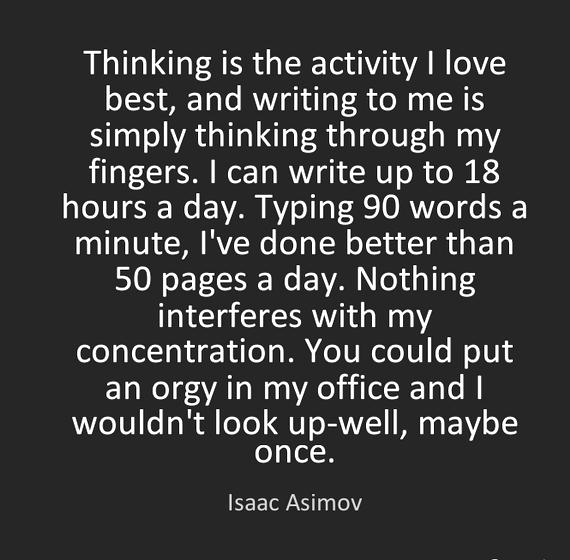
These are the movements and senses we want the child to focus their attention on. The feeling of touching the paper flash card simply distracts from and dilutes the effect of these primary motions.
Not touching the card also allows multiple children to air write the word simultaneously. In a group situation, the teacher can fix the flash card to a wall, and can have a group of children working together while they stand behind the children, monitoring performance in correct letter formation.
4 Responses to “Technique Four: Air Writing”
Thank you so much for sharing your ideas! I am a kindergarten teacher and needed some new ideas for sight word fun. I am going to print and play a few of your games on Monday:)


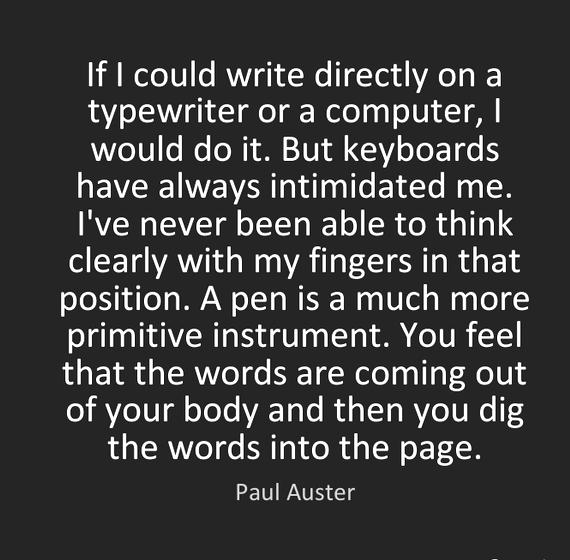



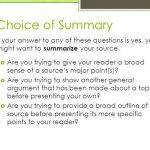 Integrating sources into your writing friend
Integrating sources into your writing friend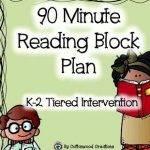 Le mystere de la maison grise summary writing
Le mystere de la maison grise summary writing Phd in creative writing fsu baseball
Phd in creative writing fsu baseball Soas phd guidelines for writing
Soas phd guidelines for writing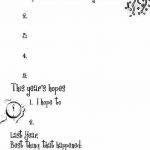 Writing new years resolutions your students that
Writing new years resolutions your students that






